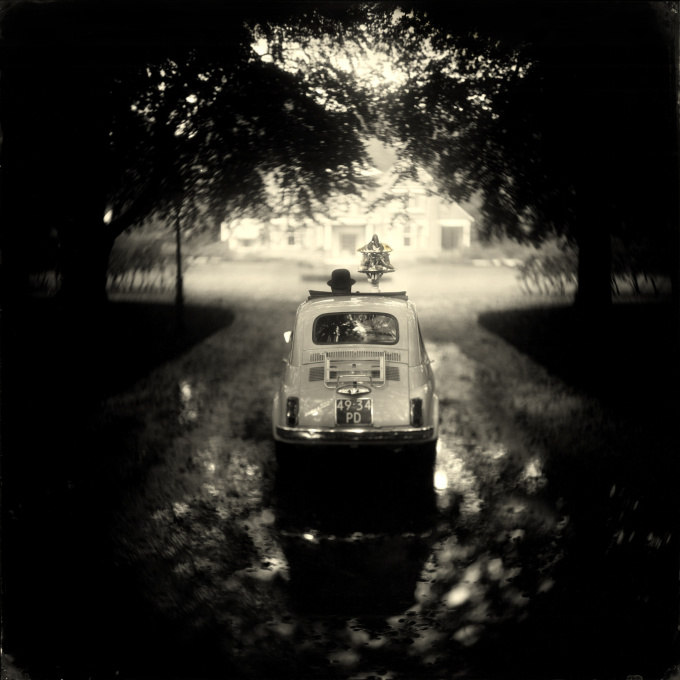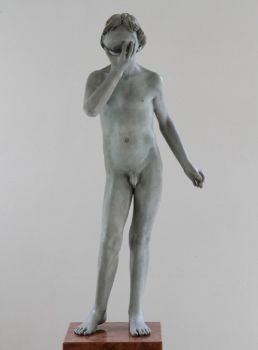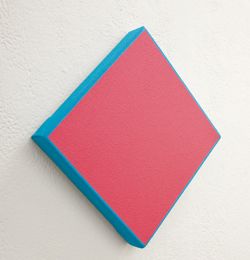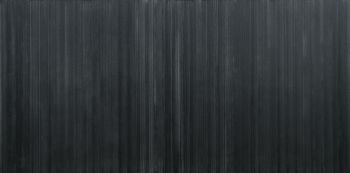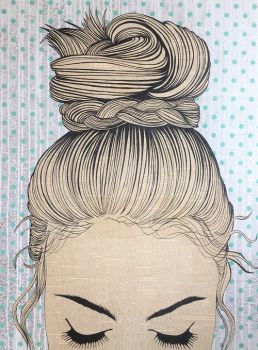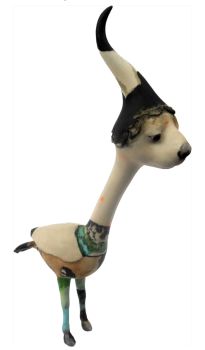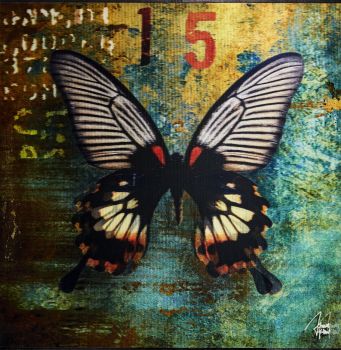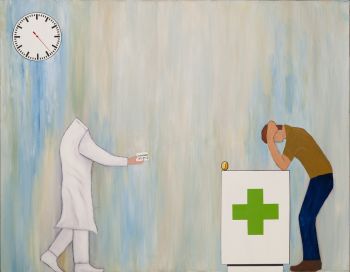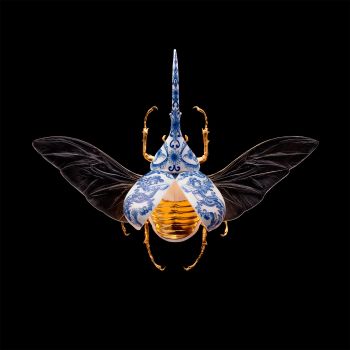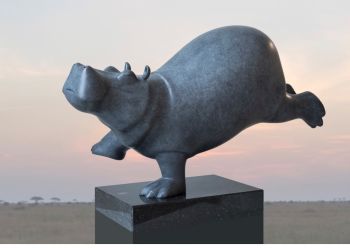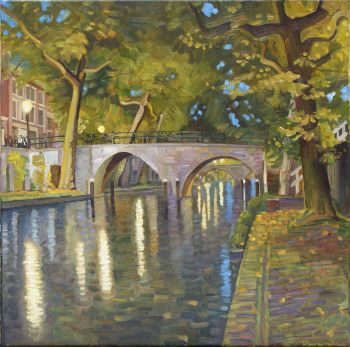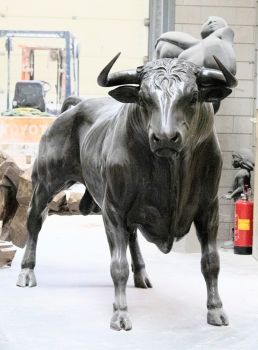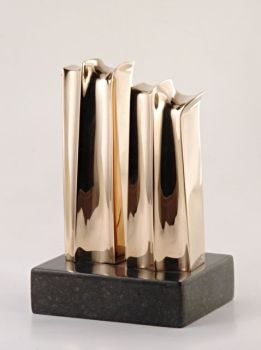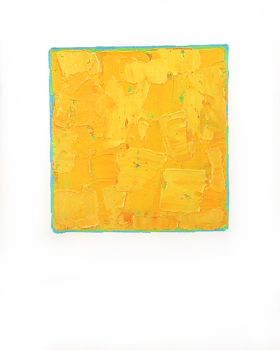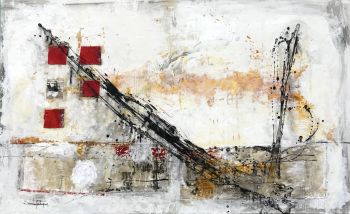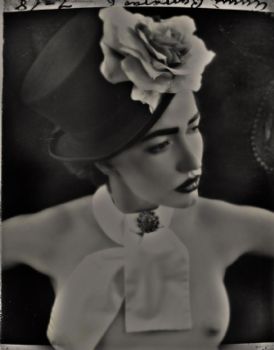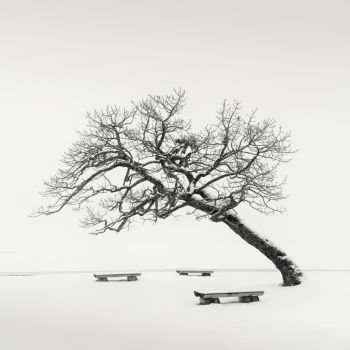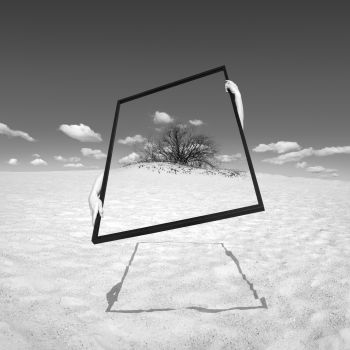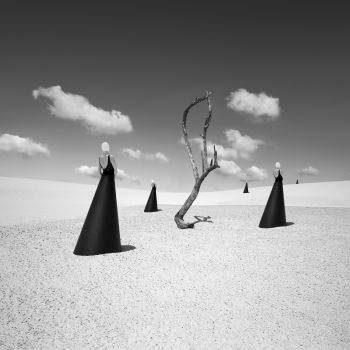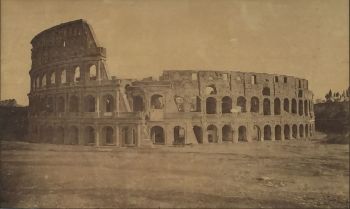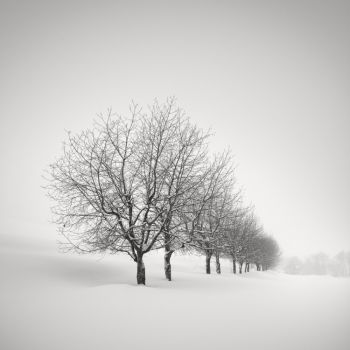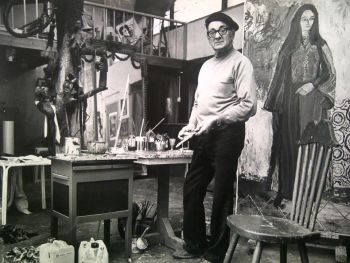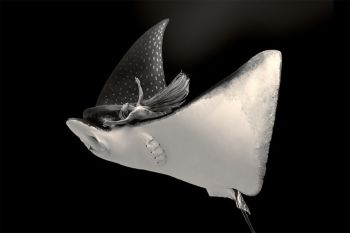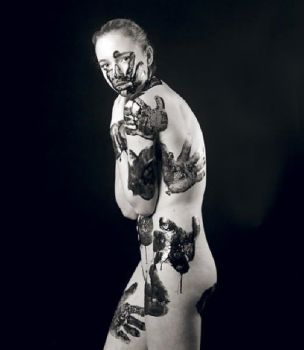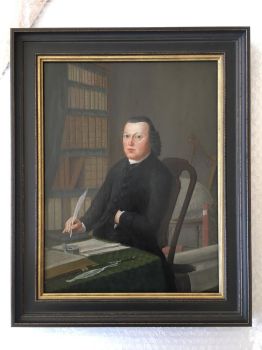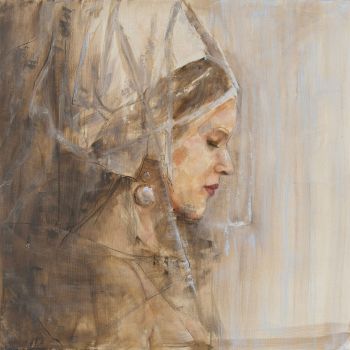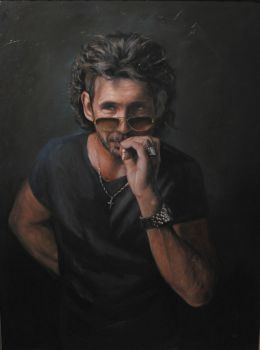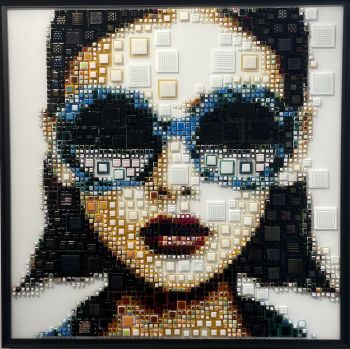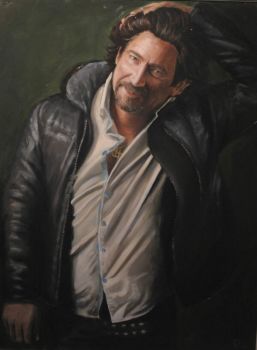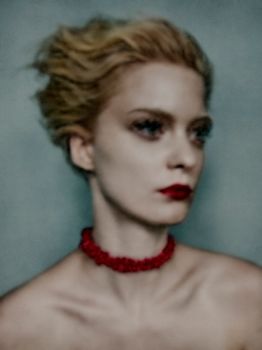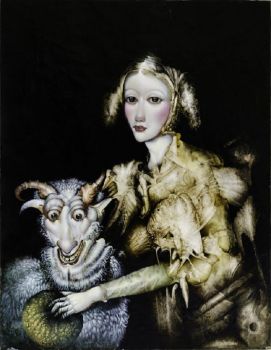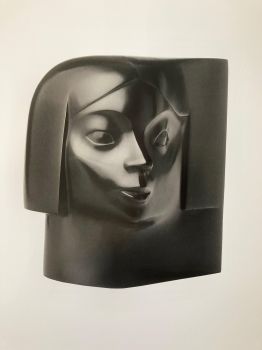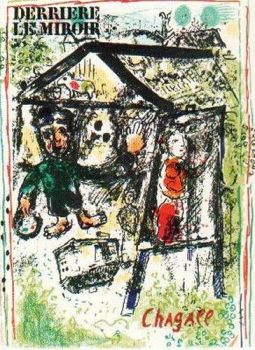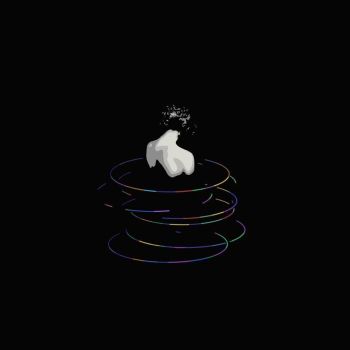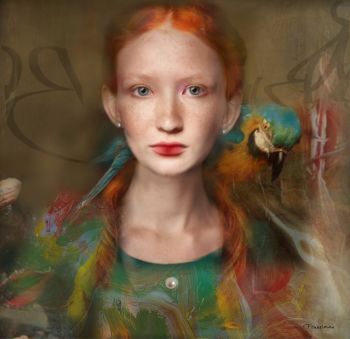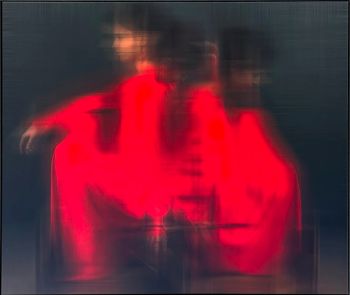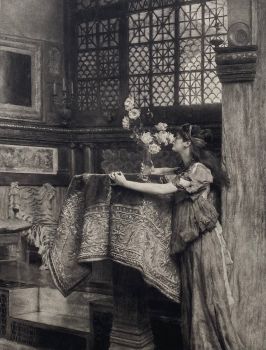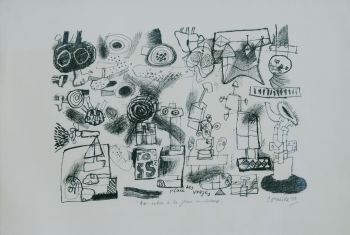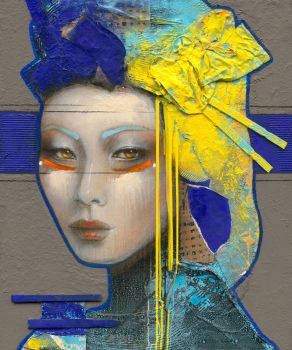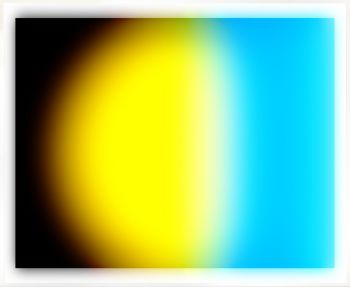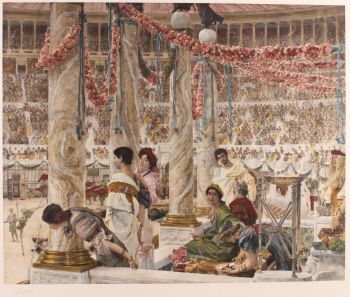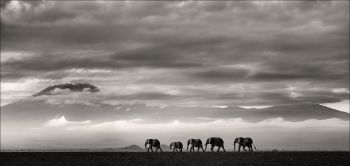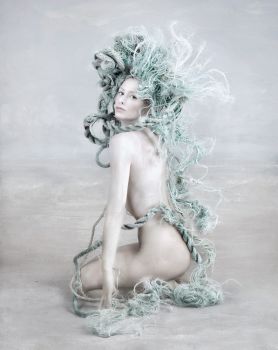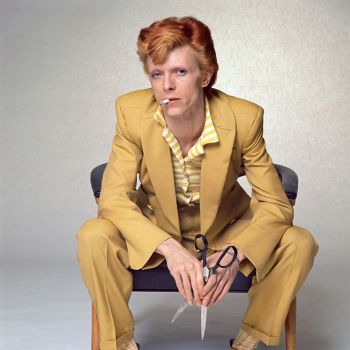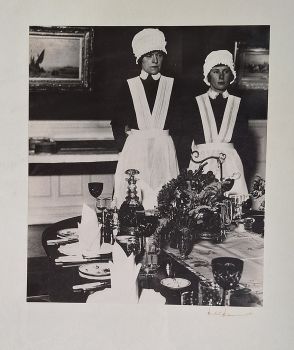Fruits de Mer - image size 86 x 86 cm - edition 2/5 2016
Alex Timmermans
Inkjet PrintFine Art paper printPhotographic print
86 ⨯ 86 ⨯ 3 cm
€ 4.100
Koster Fine Art Gallery
- About the artworkAlex Timmermans never imagined that a photographic process, which has been invented by Frederic Scott Archer (1813-1857) more than 160 years ago, was going to have such an influence on his passion for photography. Alex Timmermans, born in 1962, is a self-taught photographer with a strong liking for ancient photographic techniques. He practiced photography throughout his whole life, starting with a Nikkormat ftn. The change from analog to digital seemed to be a logical step. However, the excitement and magic of films got lost during this change: „everything became more predictable … too predictable”.
Working on the wet plate process made photography inspiring again. Being able to use antique cameras and brass lenses with a glorious photographic history like Dallmeyer, Hermagis and Darlot. It is pure because of the possibility to use ‚simple’ chemicals to reproduce amazingly detailed pictures. In general, shooting a single plate takes about an hour or sometimes even longer. To make just one single picture you will have to go through the whole process: cleaning the glass, pouring the plate with collodion, sensitize, exposure, developing, washing, fixing, washing it again and finally varnishing. Doing this outdoors means you will have to take everything with you, including a mobile darkroom, home-made chemicals, etc. A fully loaded wagon. - About the artist
Alex Timmermans (1962) is a self-taught photographer with a strong liking for ancient photographic techniques. He practices photography during his entire life, starting with a Nikkormat. The change from analogue to digital seemed to be a logical step. However, the excitement and magic of films got lost during this change: ‘everything became more predictable … too predictable.’ Working on the wet plate process made photography inspiring again. Timmermans uses antique cameras and brass lenses with a glorious photographic history like Dallmeyer, Hermagis and Darlot. To make just one single picture you will have to go through the whole process: cleaning the glass, pouring the plate with collodion, exposure, developing, washing, fixing, washing it again and finally varnishing.
Doing this outdoors means you will have to take everything with you, including a mobile darkroom, home-made chemicals, etc. Dutch photographer Alex Timmermans is a storyteller. Known for his use of the collodion wet plate photography process, he creates enchanting images. In a long tradition of photographers such as Sally Mann, Joni Sterbach and the Ostermans, Timmermans uses this process to achieve unforgettable images that have a dreamy quality and an aura of mystery. At the beginning of his career, Alex Timmermans probably didn’t realise that a photographic process, which had been invented by Frederic Scott Archer (1813-1857) more than 160 years ago, would have such an influence on his passion for photography throughout his life.
Are you interested in buying this artwork?
Artwork details
Related artworks
- 1 - 4 / 24
- 1 - 4 / 24
- 1 - 4 / 24
Lawrence Alma-Tadema
"Caracalla and Geta: Bear Fight in The Coliseum, AD 203" 1907
Price on requestGallerease Selected
 Curated by
Curated byDanny Bree
1 - 4 / 24- 1 - 4 / 12

